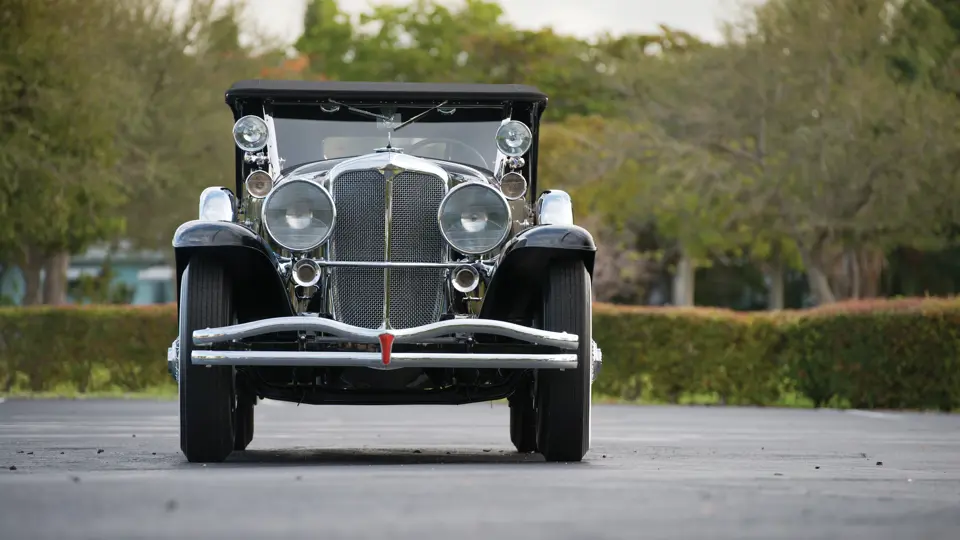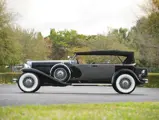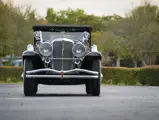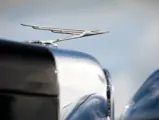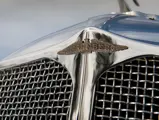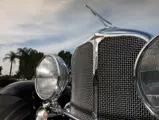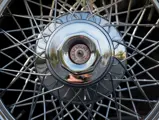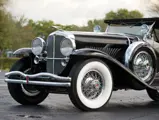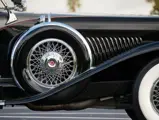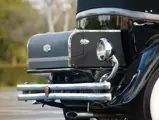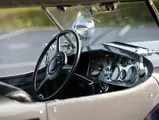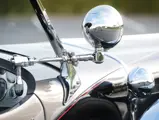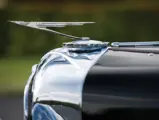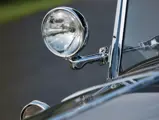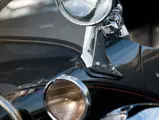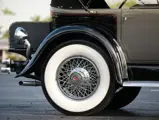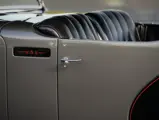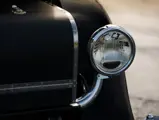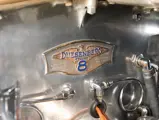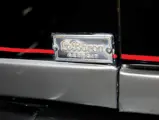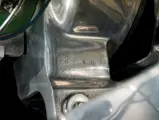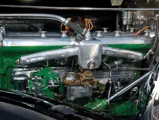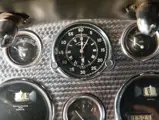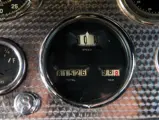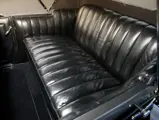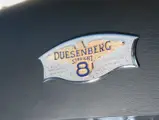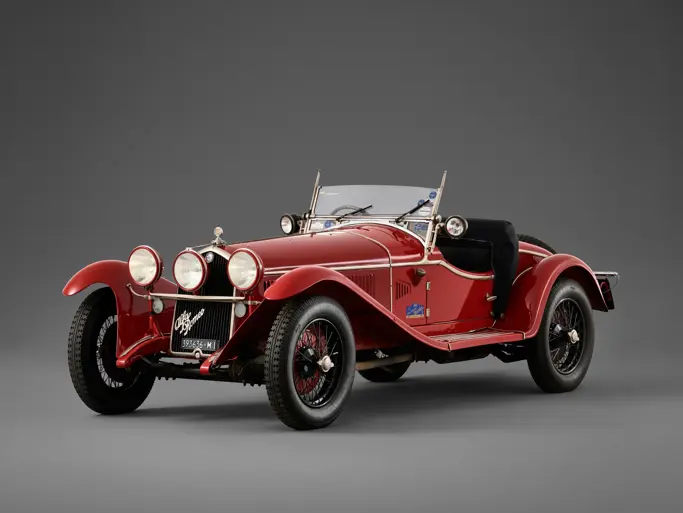
1930 Duesenberg Model J 'Sweep Panel' Dual-Cowl Phaeton by LeBaron
{{lr.item.text}}
$1,155,000 USD | Sold
{{bidding.lot.reserveStatusFormatted}}
- The most iconic Duesenberg body style
- The one and only long-wheelbase Sweep-Panel Dual-Cowl Phaeton built
- Outstanding provenance, with 70 years of known history
- Recent cosmetic restoration and freshening
- ACD Club Certified Category One (D-132)
265 bhp, 420 cu. in. DOHC inline eight-cylinder engine, three-speed manual transmission, beam-type front and live rear axles with semi-elliptic leaf springs, and vacuum-assisted four-wheel hydraulic drum brakes. Wheelbase: 153.5 in.
Today, the Duesenberg Model J, affectionately nicknamed the “Duesy,” continues to represent anything truly great or grand, regardless of the chosen spelling. It was bankrolled by E.L. Cord and designed from the outset to be the world’s finest car. When the car debuted at the New York Auto Salon on December 1, 1928, its launch dominated newspaper headlines.
The Model J’s visually impressive 420-cubic inch, dual overhead-cam, inline eight-cylinder engine featured a free-breathing, four-valve cylinder head, and it could develop 265 brake horsepower in normally aspirated form. Other remarkable features found on the Model J included a fully automatic chassis-lubricating system that operated every 30 to 60 miles, excellent two-shoe hydraulic drum brakes, and complete instrumentation, which included a 150-mph speedometer, a tachometer, an altimeter, an eight-day clock with a split-second stopwatch hand, and more.
In short, from introduction to the present, the Model J marks the crowning achievement of the Classic Era.
J-487: A ONE-OF-A-KIND DUESENBERG
Interestingly, of the mere eighteen examples ever produced of the Sweep Panel Dual-Cowl Phaeton, the car offered here is the one and only example on the long 153½-inch wheelbase chassis, number 2336. The lengthening of the sweep panel body gave most of the new space to the rear seat passengers, filling in the space between the doors with a new panel of metal that featured a small contrast-color fillet. The effect was one of impressive size and power, creating the ideal luxury motor car
The original owner of chassis number 2336 was J. Clarke Dean, a broker at Dean, Onatavia & Company of Chicago. Mr. Dean was a very prominent figure in Windy City business, dealing in stocks, bonds, and commodities, such as grain and cotton, as well as enjoying membership in Chicago’s most prominent sporting clubs. Interestingly, the records of long-time Auburn Cord Duesenberg Club Duesenberg historian Raymond Wolff note that the prosperous Mr. Dean paid cash for his new Model J, and he was surely one of only a few men capable of doing so.
In 1938, Dean eventually sold his Duesenberg through the Felz Cadillac Company, a renowned dealership in Chicago. Reportedly, the sale was to another Chicagoan, but by 1948, the car had made its way to Grand Rapids, Michigan, and was sold that year to a Grand Rapids local, George Williams. By this time, the car had acquired its present engine, J-487, which is believed to have been a factory branch-installed replacement from its Chicago days, and it has remained with the car for over 60 years.
Following brief ownership by several other Midwestern enthusiasts, the Duesenberg was purchased in 1951 by Raydon R. “Don” Thompson and his business partner Jack Irwin, of Huntington, West Virginia. Working with local mechanic Bob Roller, Mr. Thompson restored the Phaeton’s rolling chassis and engine, after which the car passed to a new owner in Maryland.
The prized Model J was eventually sold to legendary Model J connoisseur Tony Pascucci, of Meriden, Connecticut, in 1964. The car remained with Mr. Pascucci for two decades before being sold to the Imperial Palace Auto Collections of Las Vegas. With the exception of a brief sojourn in the hands of Bill Lassiter, it would remain with the Imperial Palace for a decade and then eventually make its way into the ownership of another well-known enthusiast, Dale Fowler.
While the Duesenberg had been fully restored in earlier ownership, it has undergone significant mechanical and cosmetic freshening with its present owner. Intensive research was undertaken in the hopes of finding a proper six-volt fuel gauge, but finally, one was built out of proper components. New exhaust and fuel gaskets were installed, and the transmission and clutch were removed, sorted, and reinstalled with proper adjustments.
Most importantly, the body was repainted in its present elegant color combination of black and graphite grey, providing a handsome match to the black cloth top and leather interior, with its distinctive engine-turned dashboard.
This impressively finished Duesenberg is spectacular in its elegant proportions, and it holds an important place of pride in even the rarefied rosters of surviving Sweep Panel Phaetons. Along with being the one and only long-wheelbase ever made, and with having numerous unique design features and its own special character, it bears decades of known history, which includes some of the greatest names in modern collecting. It is, simply put, an exceptional example of the marque, and one with a known and continuous history from new, which has always been well maintained and cared for throughout its life, as evidenced by its ACD Club Category One certification.
As the only long-wheelbase Sweep Panel Dual-Cowl Phaeton ever built, chassis number 2336 will forever remain one of the most interesting and unique Duesenberg Model Js in existence.




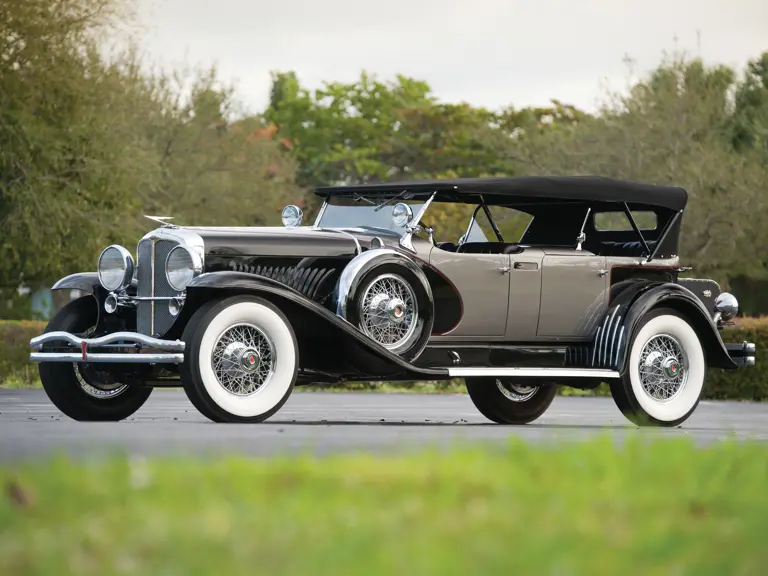


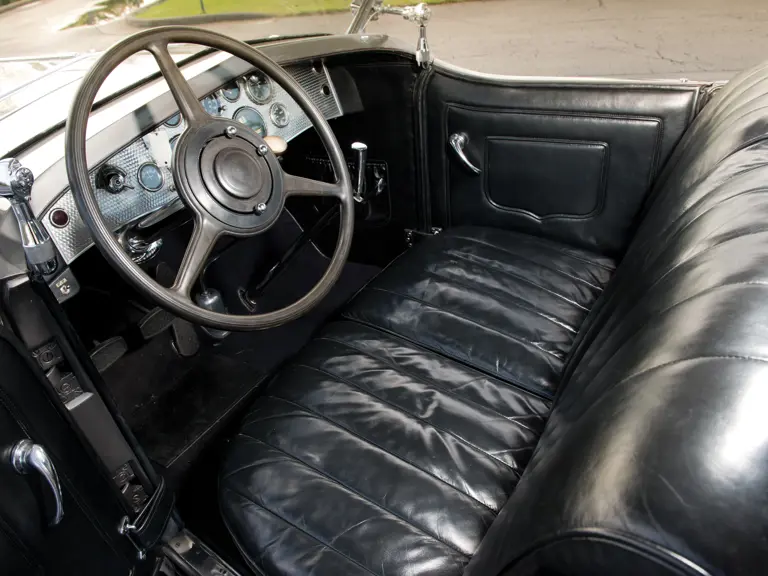
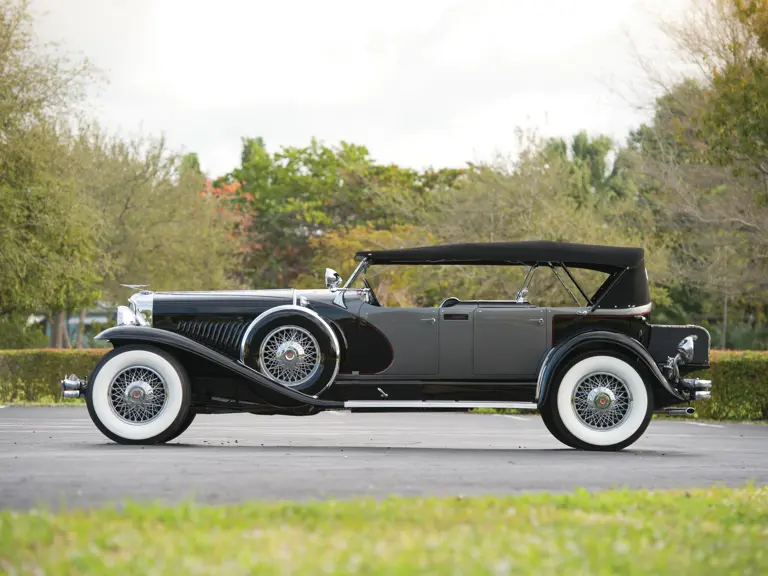
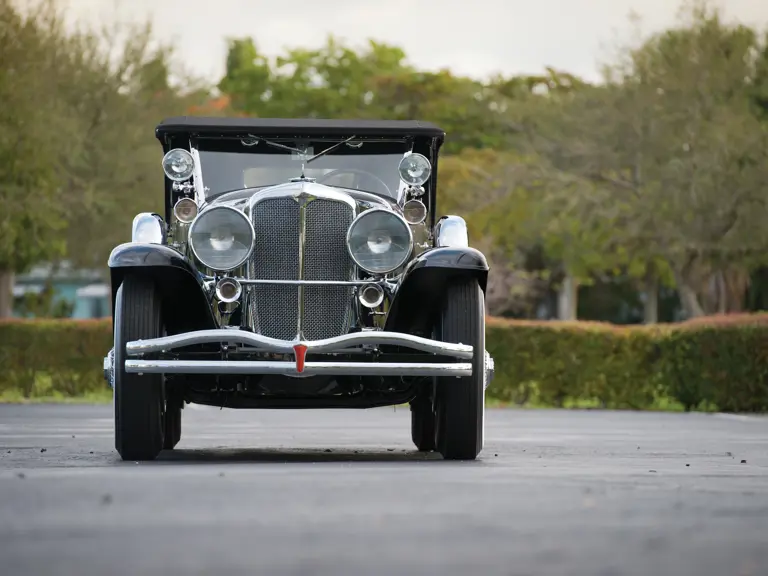

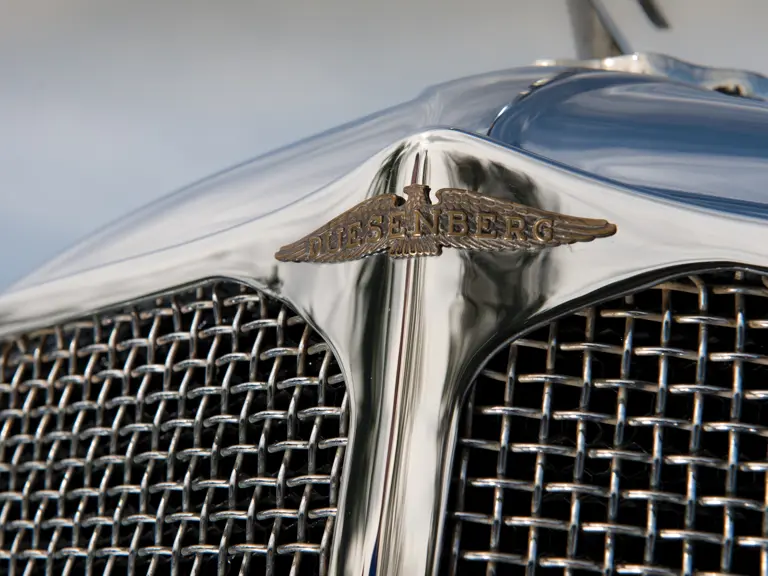
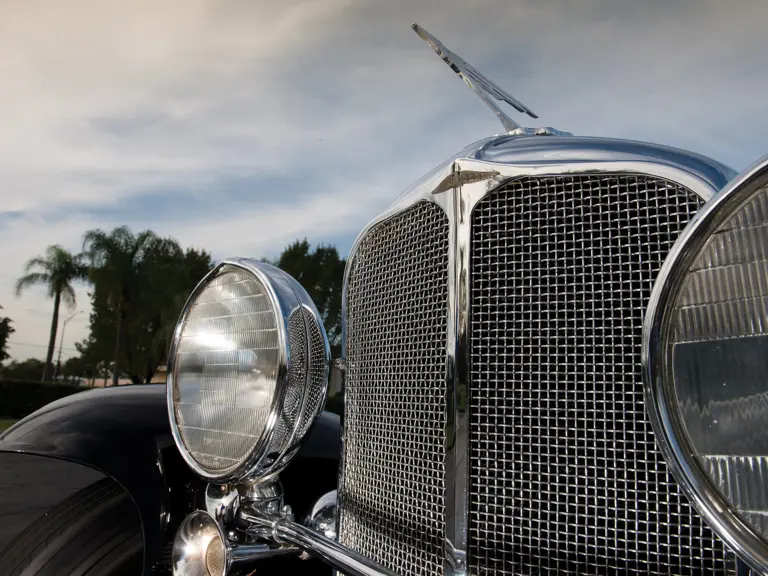

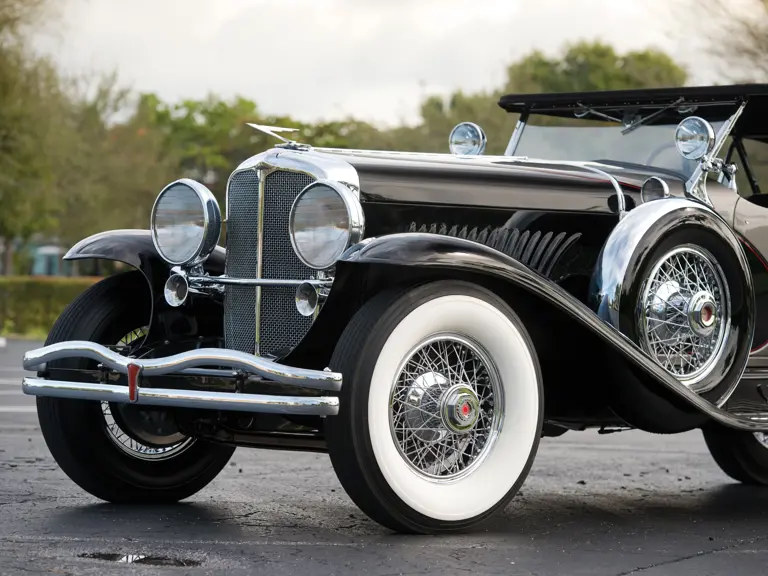
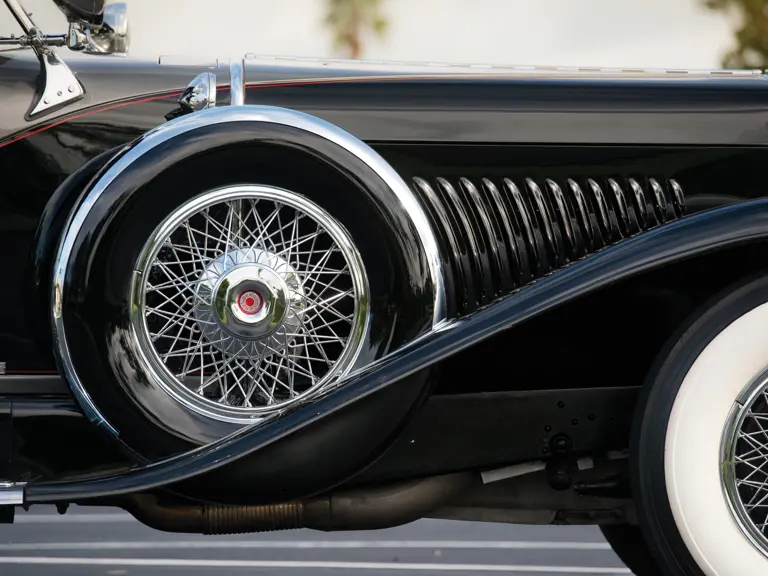


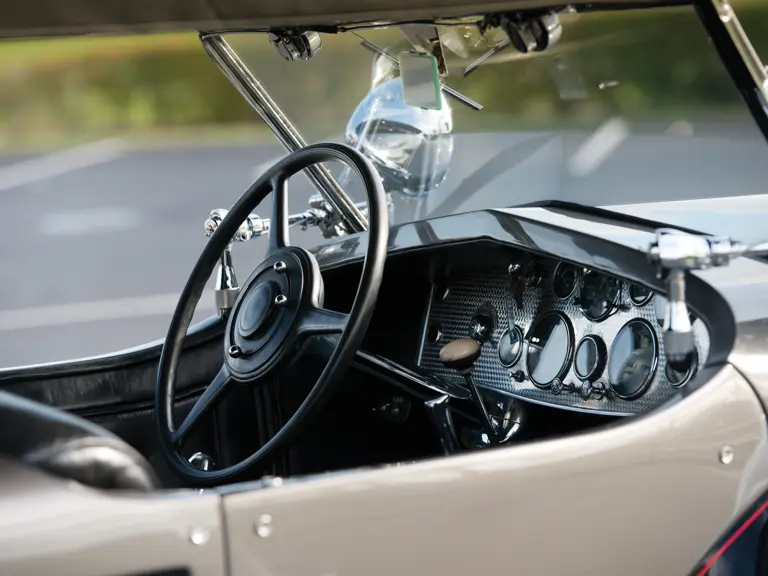
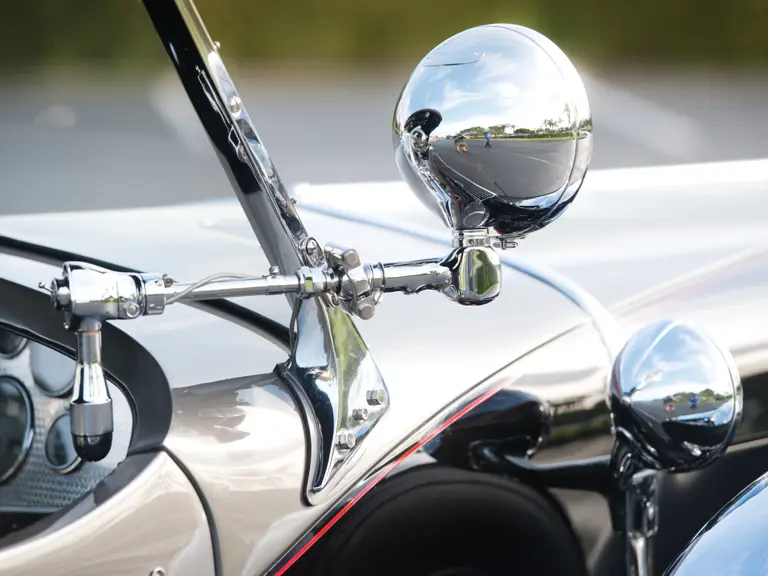
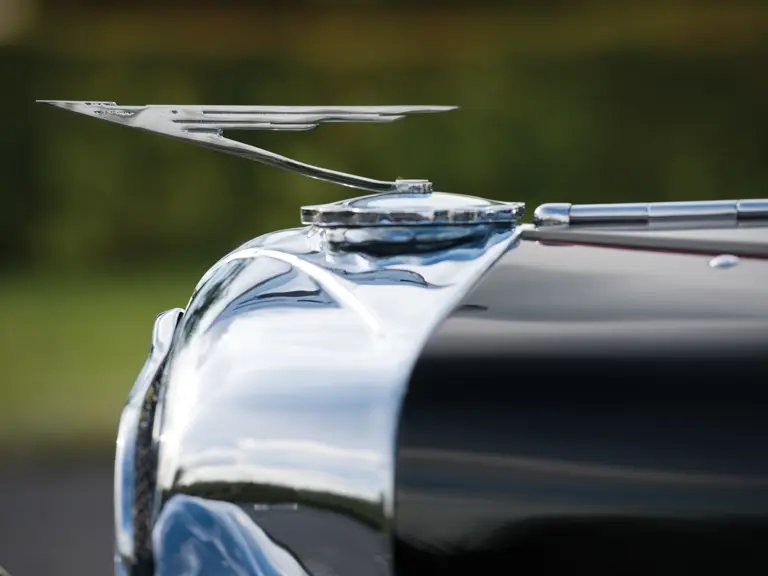
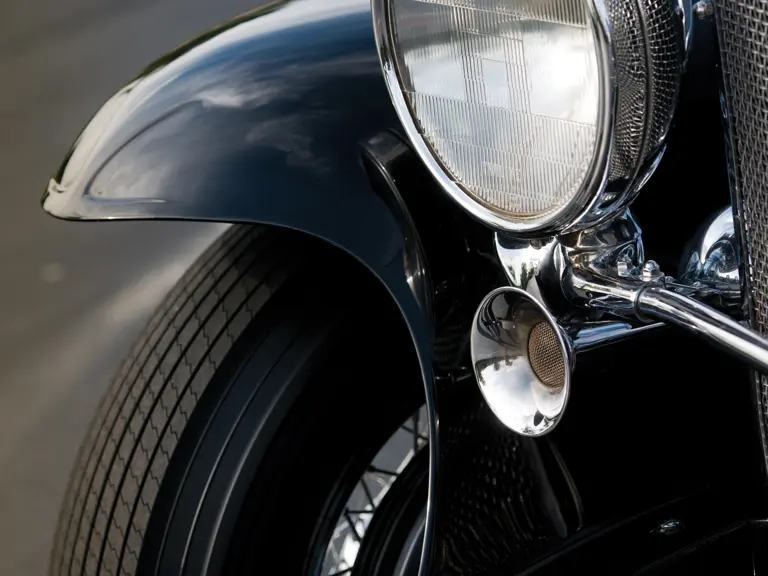


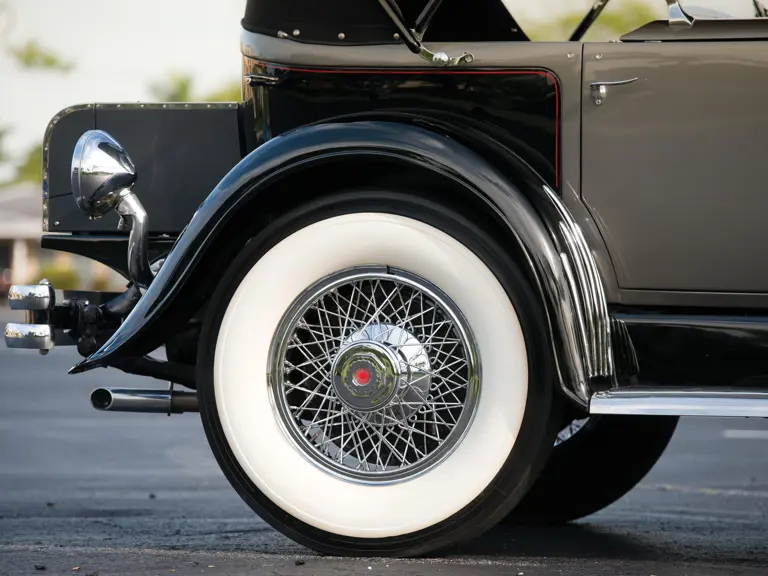
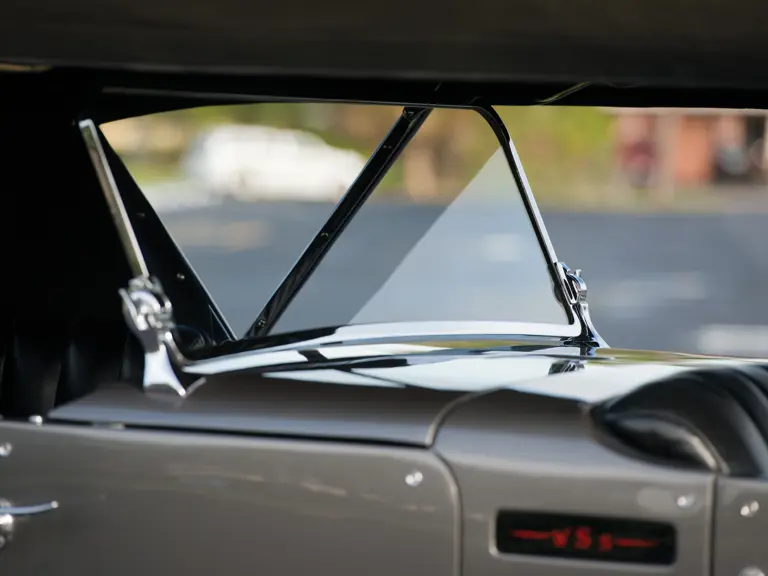


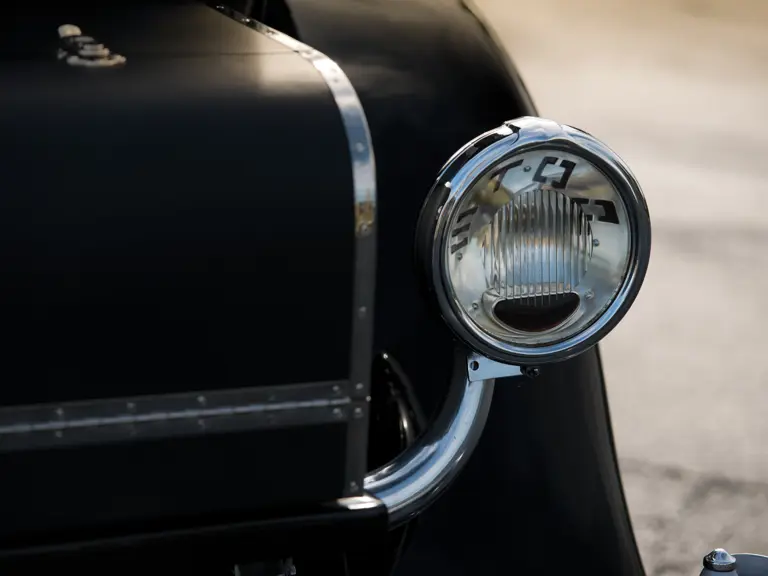
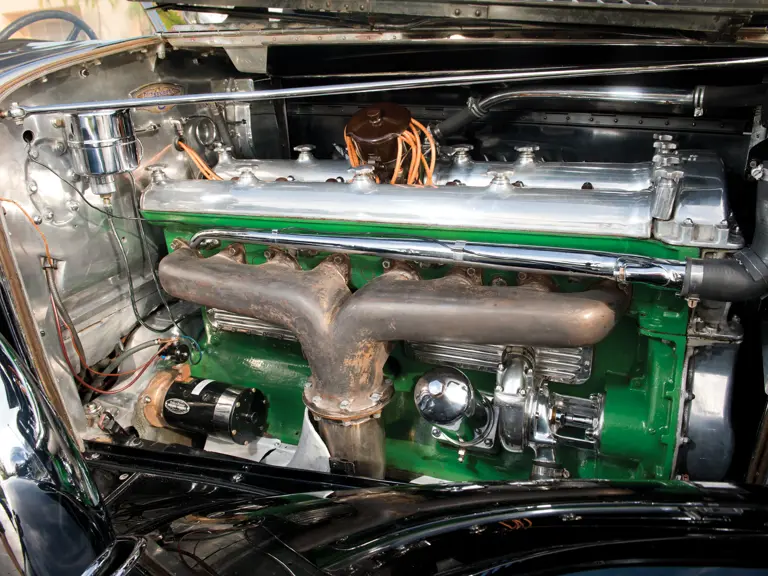

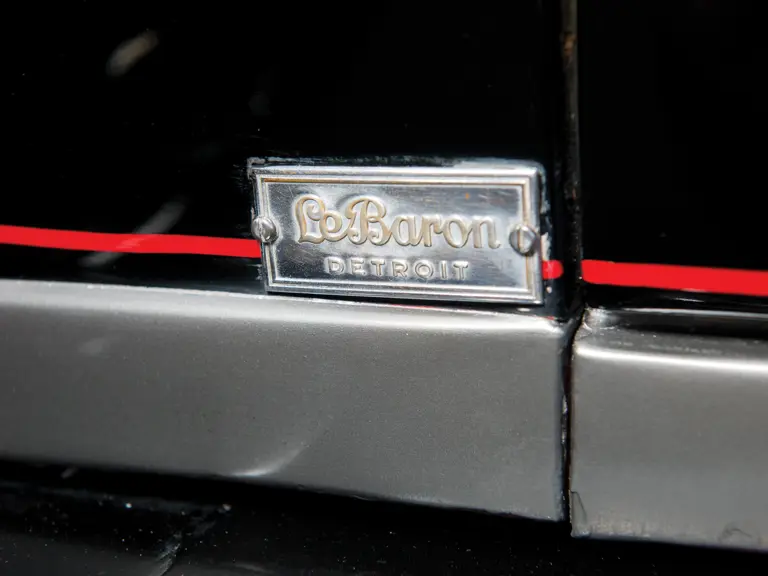
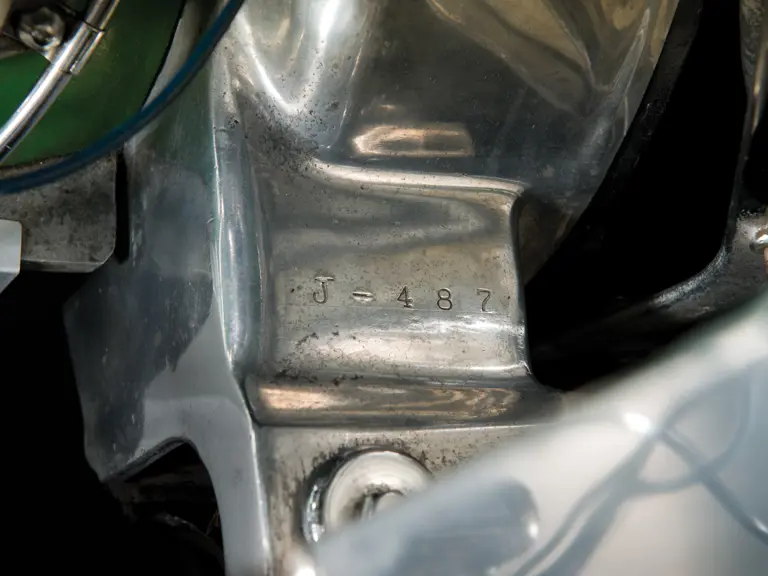
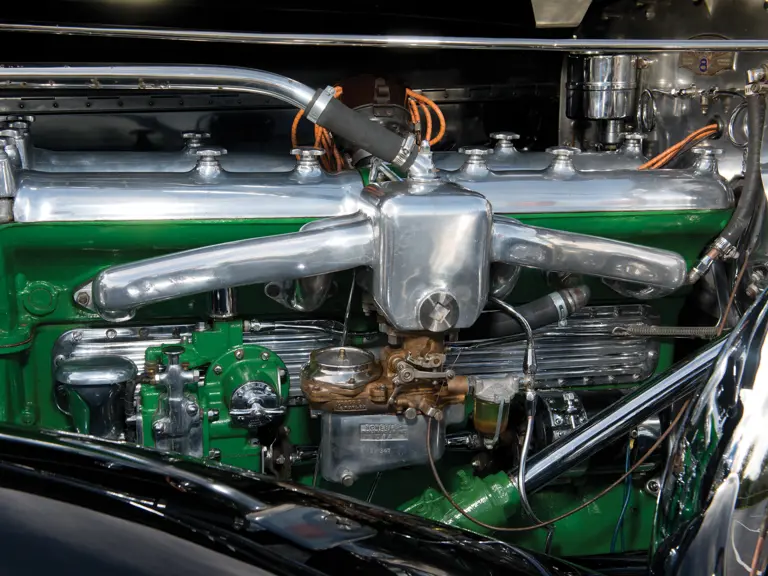

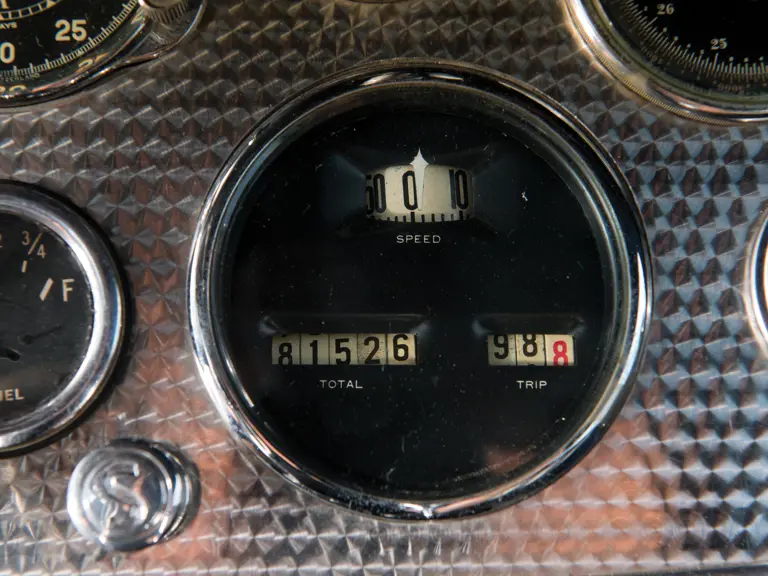
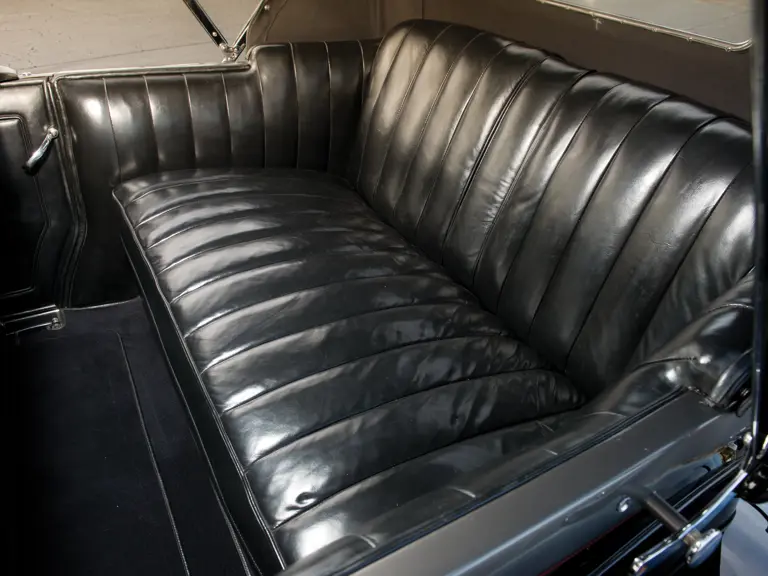
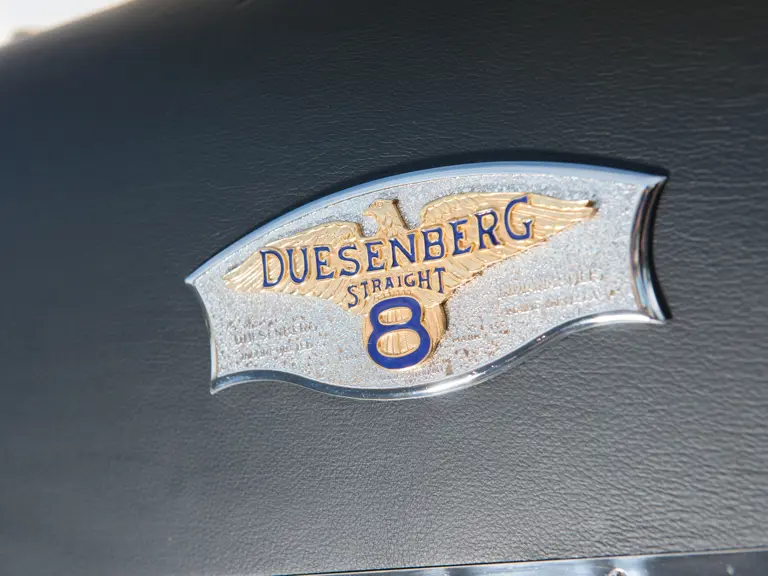
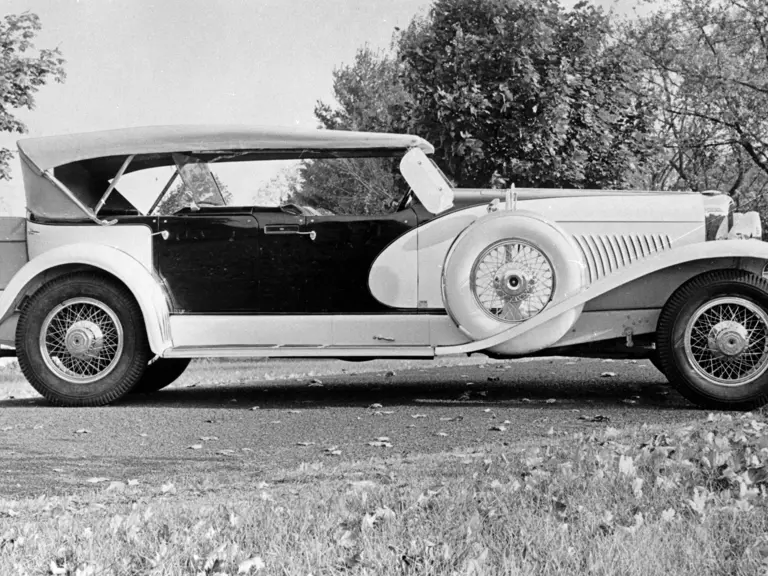
 | Amelia Island, Florida
| Amelia Island, Florida

